The notion of a car which could drive itself with no human input whatsoever seemed like something ripped straight from a scene in a sci-fi movie until very recently.
But thanks to everyone’s favourite internet search provider, self-driving cars are something that won’t just happen within our lifetimes, they’ll probably be on sale for the average punter to buy within a decade.
As a result, it’s important that you know what they are, how they work and how they’ll fit into current infrastructure systems. Here’s all you need to know about the Google driverless car.
What is it?
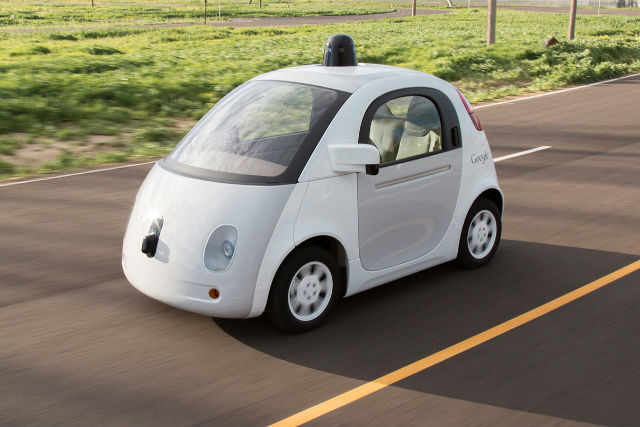
Either the next major step in personal transportation or the end of the world as we know it, depending on who you ask.
True to its name, it’s an autonomous vehicle which can transport passengers to and from destinations with absolutely no human input whatsoever, using extremely advanced computer systems and sensor arrays to successfully navigate the roadways.
Currently, there are two types of Google driverless car: the cute bean-meets-koala self-driving prototype and a Lexus RX450h that’s been heavily modified with various sensors and equipment.
While the Lexus is simply a production car that’s been equipped with self-driving technology, the Google pod is a radical and completely new design which ditches all the familiar touchpoints of a regular vehicle. There’s no steering wheel and no pedals to operate it, and instead Google has designed the pod to operate completely free of human interaction.
How does it work?
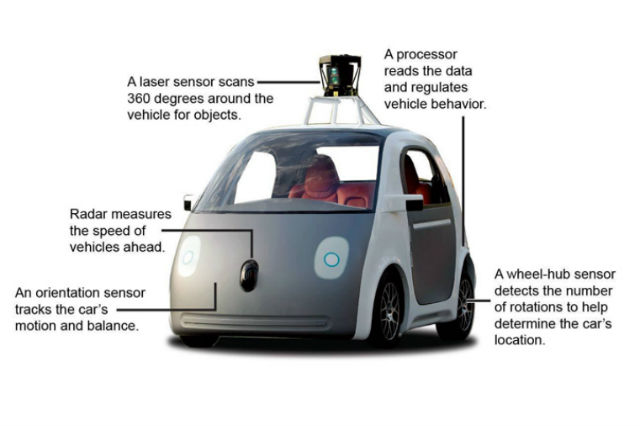
At the core of Google’s self-driving cars lies a special and highly-advanced artificial intelligence system, which gathers data from the environment around the car via its numerous sensors.
The cars are aware of their position in the road and constantly interprets input from its cameras, radar and LIDAR sensors to build a 360-degree picture of its immediate surroundings.
It uses familiar shapes and patterns to detect objects of all sizes, from house to fellow vehicles, cyclists and small children and can alter its behaviour accordingly. For instance, in the event that a vehicle pulls out in front of it, the car can swerve to avoid it, and it’s been specially programmed to behave carefully around children and other unpredictable pedestrians.
In the event that the car suffers a software failure or damage to its AI components there are emergency controls available to allow passengers to pilot it or to bring it to a stop, and Google says that it’s powered by an unspecified electric powertrain.
Haven’t I read about them crashing, though?
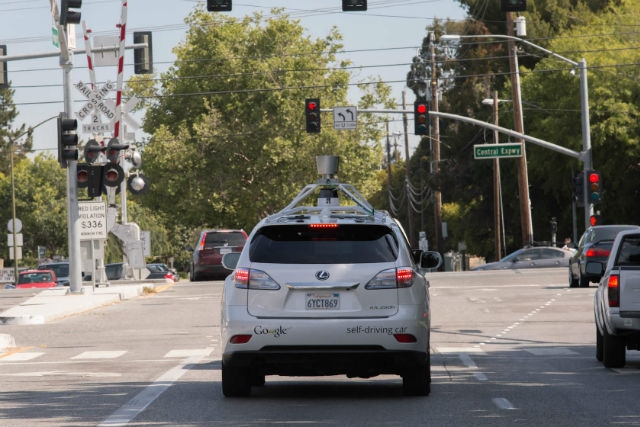
You probably have, as the most recent and most high-profile incident involving Google’s test cars was when the autonomous Lexus collided with a bus back in February.
In that particular case the car accidentally grazed the bus while attempting to avoid an obstruction on its side of the lane, and assumed that the human driver of the bus would yield to let it out. However, prior to this all accidents involving Google cars were the fault of inattentive humans.
There have also been situations where the passenger in the vehicle has had to take control back from the car’s computer, with a report from Google claiming that out of 341 times the passenger had to take control, 272 of those were due to technological failures.
All the same, over the course of more than a year only 13 of those situations would have resulted in an incident, Google says, with the self-driving cars racking up a cumulative 1.5 million miles all on their own.
Considering that Google has been testing driverless cars since 2012, that’s a pretty good rate. In the US at least, it’s estimated that around 33,000 people die a year on the roads with human error estimated to be responsible for 94 per cent of those deaths.
What’s the law like regarding these?
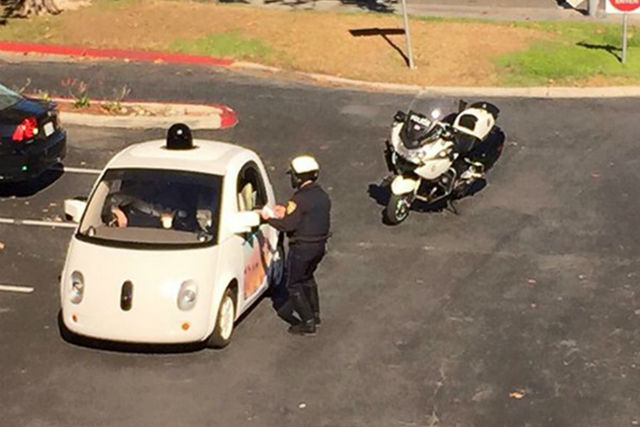
Currently vague at best. The trouble with all driverless cars and not just those made by Google is that they require a complete overhaul of the way the law governs vehicles and also how insurance policies work.
If a driverless car crashes and kills its passengers, who’s to blame? The car’s manufacturer, the passenger? Can an artificial intelligence system be liable for damage or tried in court? Who’s supposed to pay out in the event of an accident?
Here in the UK at least, the government is currently working on devising new laws and rules for the use of driverless cars, for instance declaring that passengers must hold a valid driving licence and must be insured.
As well as that, the cars must obey all of the UK’s standard road laws, must hold a valid MOT and must be fitted with a data recording device so authorities can keep an eye on the vehicles’ behaviour and access information upon request.
When can I buy one?
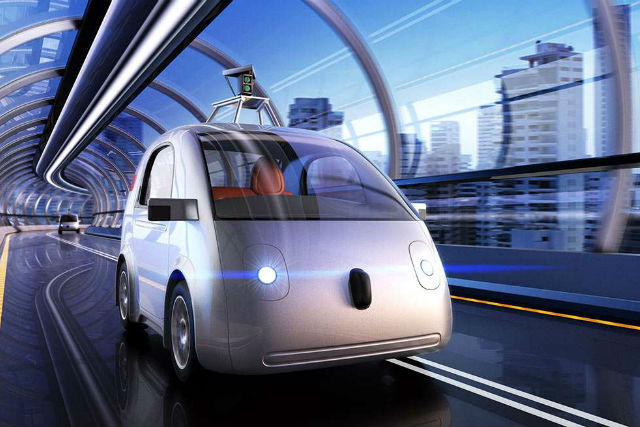
Unfortunately, don’t expect to be able to walk into a store and buy a Google car any time soon, as the company hasn’t actually yet committed to turning its self-driving pods into production cars.
However, you could see them on the roads sooner rather than later as UK Chancellor George Osborne earlier this year announced plans to have driverless vehicles on sale in Britain as early as 2020.
According to the government Google sees the UK as a key market for its driverless car products and has held a series of five talks with ministers in the past two years, with an aim to bringing its self-driving vehicles to market in the country.
Given that tests are currently underway on Britain’s roadways to determine how suitable the country is for driverless car technology, expect to hear something one way or the other in the coming months.



